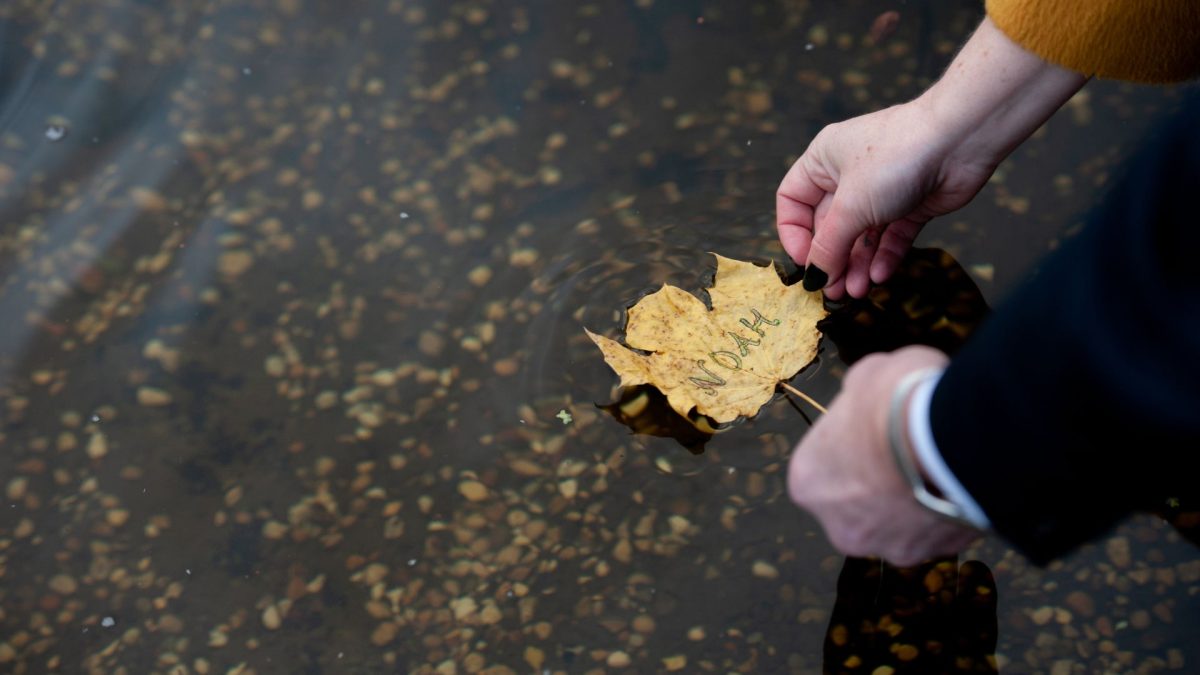
Our private and public lives are punctuated with memorial ceremonies throughout the year. Whether we choose to take part in the memorials for the World Wars, or light a candle on an anniversary of the death of a loved one, we are aware of days with special significance and of time passing.
Funerals themselves often pass in a blur of grief and confusion, very soon after death. If the circumstances were such that many people could not attend the funeral, or the family chose to hold it privately, or there is an irreconcilable difference of opinion in a family or between family and friends, there is a second opportunity for everyone to gain a sense of completion, if a memorial ceremony is held. Any time after the funeral, perhaps within a few weeks, perhaps on the first anniversary of the death, can be appropriate. Whatever time interval elapses, you will have more time to think, to plan and gather people together.
A memorial ceremony can take many different forms, either a full ceremony (with or without the ashes present) or a brief, informal, few words when the ashes are scattered or interred, or a tree planted. It could be a dinner or party in honour of the person. Some families meet up, light a candle and have a special meal on each anniversary of the birth, or death, of the person. If a well-known figure has died, a more public memorial often follows a private family funeral, and this is often the chosen format following a controversial death when the family need privacy.
Memorials can be much more private. Each year, many people refer to the ashes in memory. Others find a way to remember someone quietly at home.




